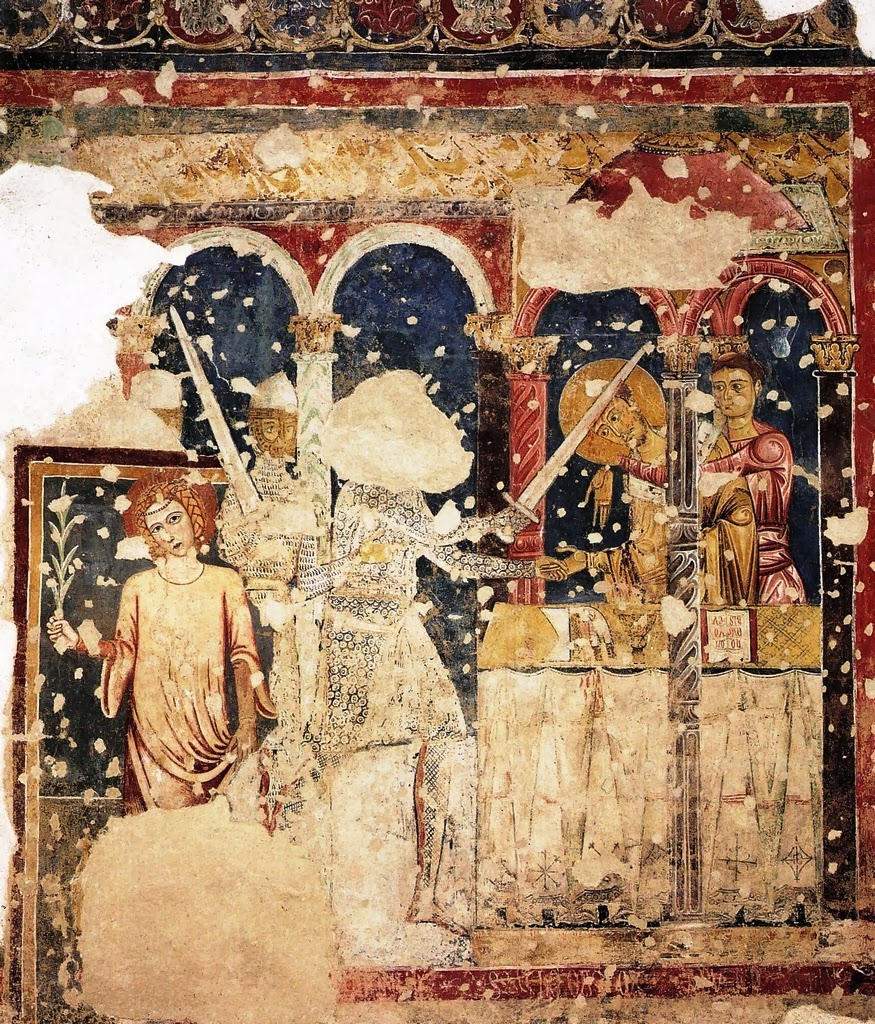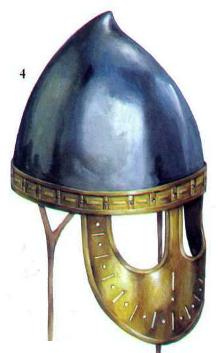
Create an Amazon Wedding Registry
Martirio di San Tommaso Becket, XII d.C.
Wall Painting in the Church of Saints Giovanni & Paolo
Murder of Thomas Becket, Spoleto, Italy, late 12th-century

Picture Source: Atlante dell'arte italiana
